Ducati Triumvirate by Ian Falloon (The short version) by kind permission of Ian Falloon. During 1972 I became caught up in the Ducati 750 phenomenon. First it was Paul Smart’s victory in the Imola 200, followed by Cook Neilson and Phil Schilling’s eloquent enthusiasm in that most erudite of motorcycle magazines, Cycle. Comments like this from the October 1972 Cycle road test of a Ducati 750 GT had me captivated; “When the disc brake squeezes the bike down from three-figure speeds, when the bike connects your nerve endings to the tyre patches, when the right side peg nicks down in an 80 mph sweeper and the bike never bobbles, when the 750 leaps forward from 3,000 rpm in fourth cog-then you know. You know that a motorcyclist designed this machine and he got it right.” I wasn’t the only one enamoured. By 1975 five Cycle magazine staffers owned nine Ducati 750s between them.
Others were similarly impressed. In The Motor Cycle World magazine, Stephen DuPont claimed the Ducati 750 GT was his dream bike. He stated, “The swingarm rests near the ideal horizontal and the crankshaft lies inline and mid-way between the two axles. These two important features contribute to the 750 as the best handler I have ridden.” And then there was the engine. Unlike any other contemporary design, the 90-degree twin was barely wider than a single and offered perfect primary balance. The nearly horizontal front cylinder also allowed a lower centre of gravity. And then there was the engineering purity of the design. As on some of the most exotic pre-war racing Bugatti and Bentley cars, a complex arrangement of helically cut bevel gears and tower shafts drove the single overhead camshafts in each cylinder head. The camshafts, rolling on ball bearings, operated rocker arms without screw adjusters for dialling in valve lash. Instead, Winkler caps perched atop the valve stems had to be changed to adjust clearances. This positive cap system was more time consuming to set-up but there was no extra weight bobbing up and down on the end of the rockers, and no adjusters to come out of whack.
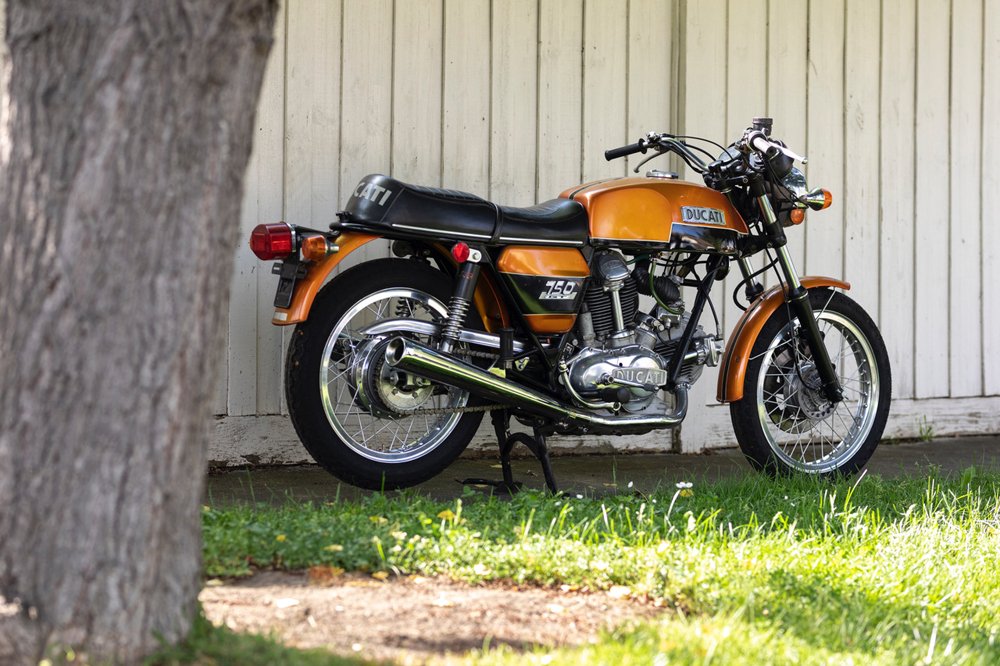
When Ing. Fabio Taglioni designed the all-aluminium 750cc engine he continued the familiar formula as already established with his overhead camshaft singles. The 750’s engine cases were vertically split and the 4.5 litres of oil contained in a wet sump. Thus, unlike most British bikes (and the Honda 750) there were no external hoses, clamps fittings, or outside oil tanks. And no oil leaks. As a Harley-Davidson style male and female con-rod set-up was an unfamiliar, Taglioni chose a pressed together crankshaft assembly with one-piece con-rods running side-by-side. Expensive large fibre caged ball bearings supported the crankshaft and the primary drive was by a set of helical gears to a wet multi-plate clutch. To reduce engine length Taglioni positioned the gearbox layshaft above the mainshaft. On this direct type gearbox the mainshaft was both the input and output. As a result the crankshaft rotated in the same direction as the wheels, predating modern MotoGP racing engines by decades. With dozens of carefully matched gears whirring away inside, and encased by exquisitely cast covers, the 750 engine was horrendously expensive to build. It was really a motor from an earlier era, designed and built without any concession to economics.
One might expect that Ducati, having spent a bundle on the engine, would skimp on the running gear, but this didn’t happen. Although quite heavy, the steel frame consisted mostly of straight tubes and incorporated the engine as a stressed member. This went against traditional gospel. Full cradle Duplex frames, Manx Norton style, were supposed to be the only way to get a rigid structure and proper steering. With the Ducati 750 frame this eternal tenet passed to dust. A disadvantage of the long engine was the 1530mm wheelbase, but this, combined with a very shallow 29-degree steering head angle, provided exceptional high-speed stability. The 40mm tubular steel swingarm incorporated strong Colin Seeley rear chain adjusters with a 29mm steel swingarm pivot running in generous bronze bushes. This was when many Superbikes at the time included a spindly swingarm with plastic bushes.
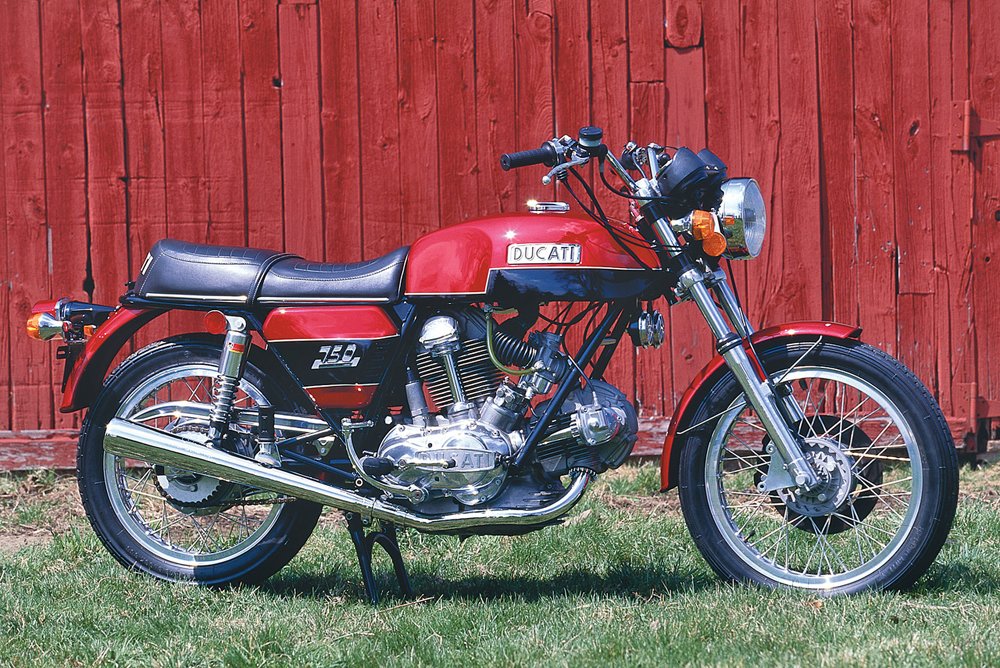
When it came to the suspension, wheels and brakes, the Ducati 750 GT was also at the forefront. While most Japanese and Italian Superbikes were fitted with a skinny 35mm (or even 33mm) front fork, Ducati had Marzocchi build a special 38mm leading axle fork. As it was a leading axle type the triple clamps were very flat, with minimal offset, this reducing steering inertia. The front brake was a 280mm cast-iron twin opposed piston racing style Lockheed. Again this was unique for Superbikes in 1971 and 1972. Production disc brakes at that time were mostly a cheaper single piston floating caliper type, with stainless steel discs. The stainless steel discs didn’t rust like cast-iron, but they also didn’t work that well in the wet. The Ducati’s wheel rims were also Borrani light alloy; the front with a stronger straight pull spoke design.
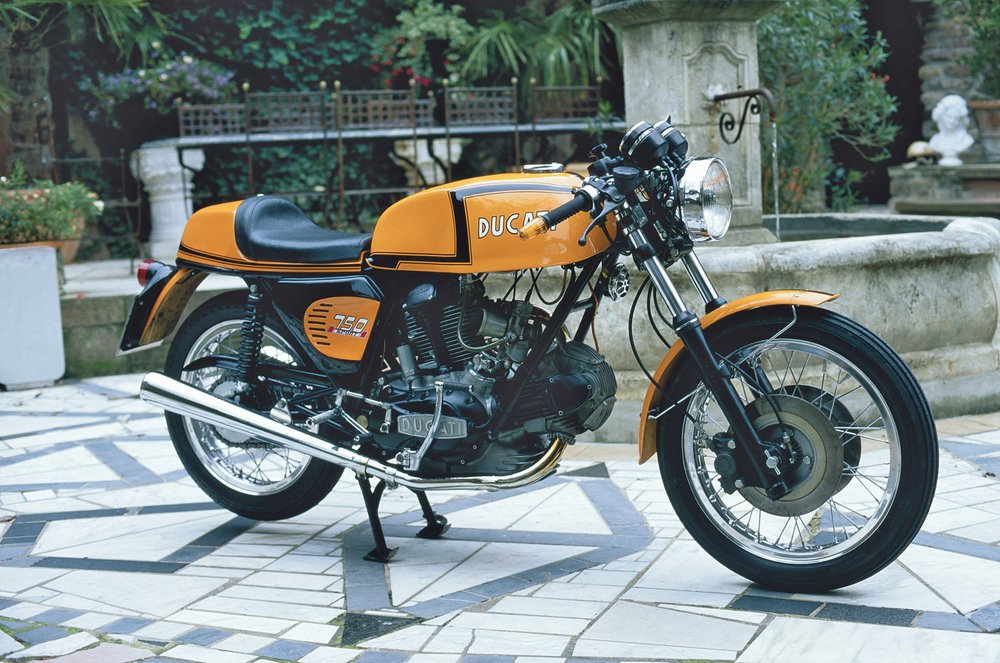
The result was an incredibly smooth 750cc twin that didn’t require a Nortonesque rubber biscuit engine insulating system, Kawasaki H1 and H2-like sponge-sprung handlebars, Suzuki-style fatso foot rubbers, or a tall vibration-damping top gear ratio. There was also no need for safety wire or Loctite to prevent nut-and-bolt absenteeism. And at 185kg the Ducati 750 was second only to the Norton Commando in weight for Superbikes. The styling was different, some said ungainly, but the Ducati 750 GT was a triumph of form following function.
This became evident at Imola in April 1972 when Paul Smart and Bruno Spaggiari trounced the field of works and factory-supported racers (including Giacomo Agostini on the MV Agusta 750) in the inaugural Imola 200. Their 750 Ducati desmos were simply highly modified street bikes, the frames still including centre stand mounts. This victory provided the springboard for the 750 Ducati’s success, and indeed Ducati’s success today. As Fabio Taglioni said after the race, “When we won Imola we also won the market.”
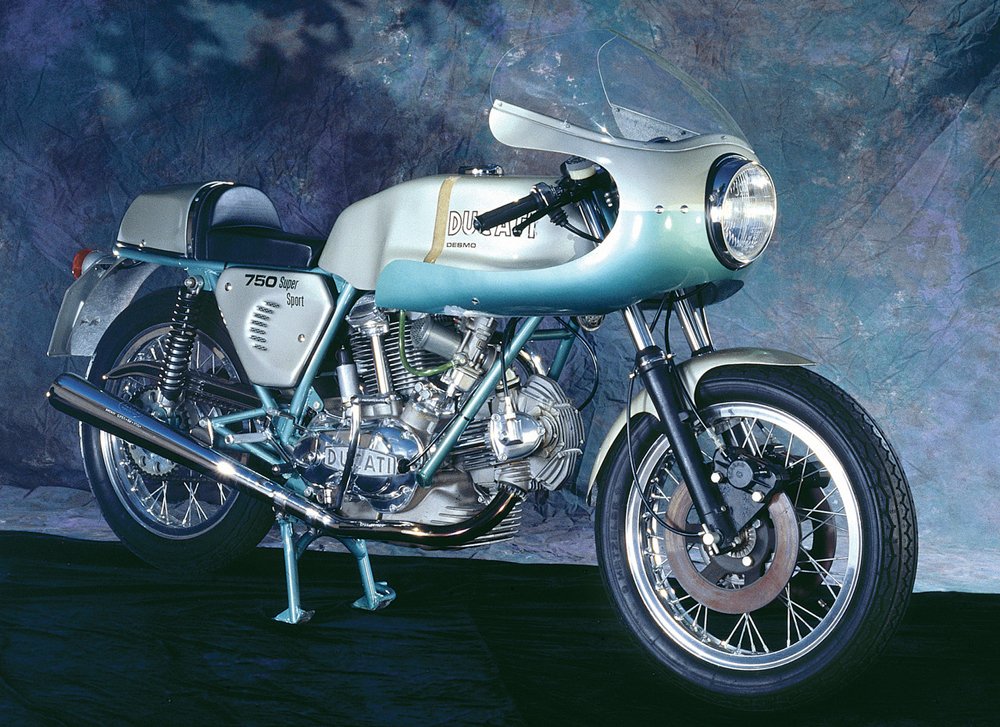
If you want to read the rest of this article, where Ian goes into the 750 Sport and the legendary 1974 750SS Green Frame, then join The Motorcycle Broker’s membership club The Inside Line. The Inside Line offers free membership where can continue to read this and other fascinating, in depth articles too. It’s free, we don’t bombard you with spam and we don’t share your data at all with anyone else. You will be privy to off-market motorcycle sales, advance warning of anything rare coming onto the market and our newsletter and magazine. Join The Inside Line at https://themotorcyclebroker.co.uk/top-10-investment-vintage-motorcycles-2020/ We send out a newsletter on a weekly every other week basis. Every two months we send out our magazine The Inside Line. Issue one tells you the ten best performing classic motorcycle investments between 2010 and 2020.
- 1974 Ducati 750SS green frame genuine factory paint - March 21, 2024
- Unicorn rare 1972 Kawasaki Z900 coming to auction - March 21, 2024
- Ducati green frame is not green it’s blue - March 20, 2024




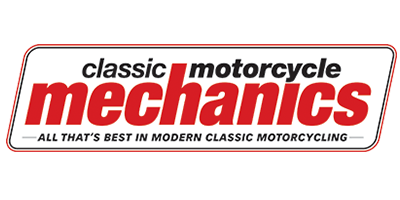



Leave a Reply